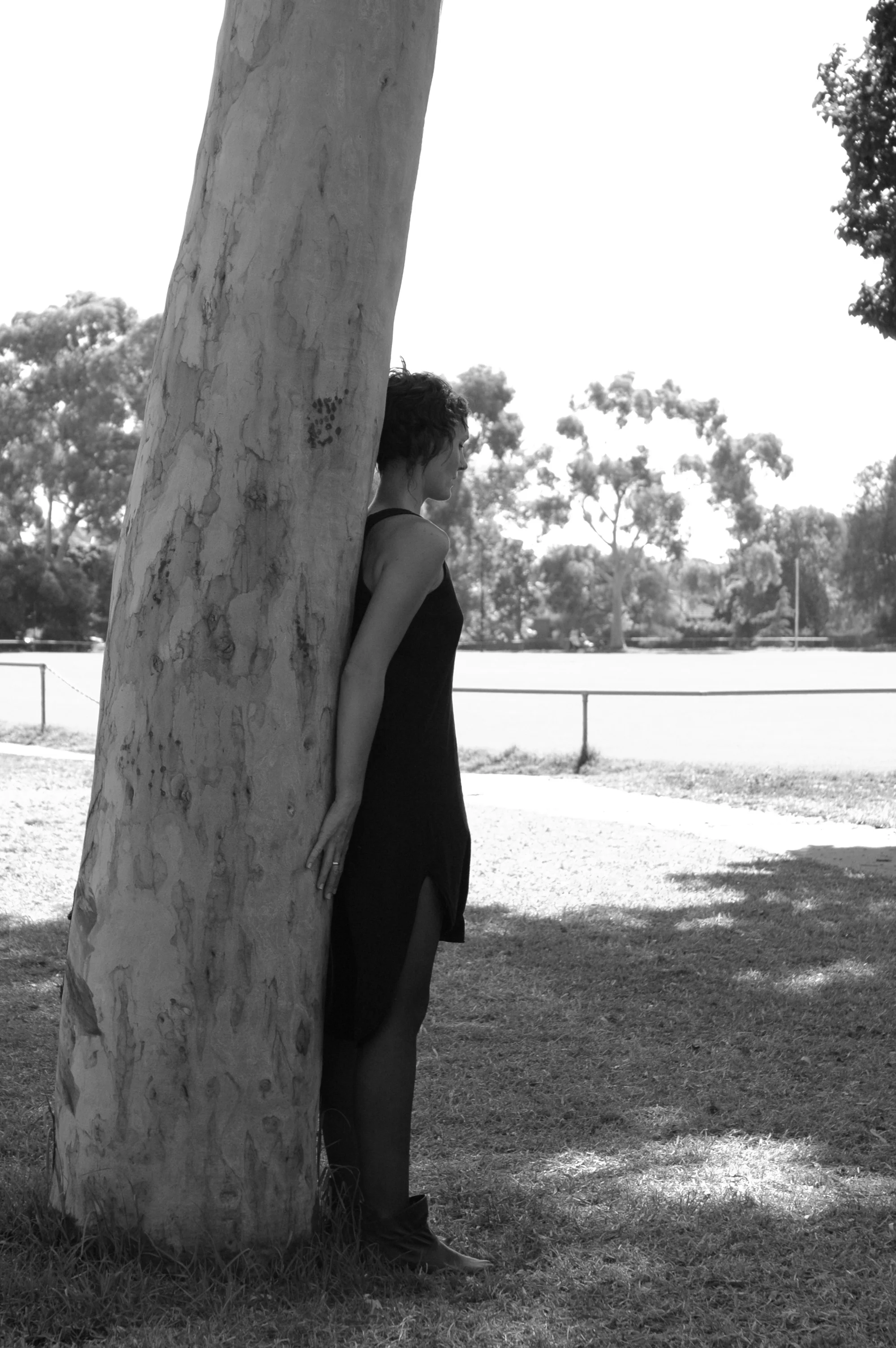References & Attributions
References
Aposhyan, Susan (2004) Body-Mind Psychotherapy: principles, techniques & practical applications
Aposhyan, Susan (1999) Natural intelligence: body-mind integration and human development
Auster, Sara (2019) Sound Bath: Meditate, heal and connect through listening
Bainbridge-Cohen, Bonnie (2012) Sensing, Feeling, and Action: the experiential anatomy of Body-Mind Centering, 3rd edn
Bowman, Katy (2016) Movement Matters: essays on movement science, movement ecology and the nature of movement
Bergson, Henri (1911/2005) Creative Evolution
Brandt, Anthony & Eagleman, David (2017) The Runaway Species: how human creativity remakes the world
Campbell, Don (2006) Healing Yourself With Your Own Voice.
Claxton, Guy (2015) Intelligence in the flesh: why your mind needs your body much more than it thinks
Dunn, Winnie (2008) Living sensationally: understanding your senses
Grosz, Elizabeth (1994) Volatile Bodies: toward a corporeal feminism
Grosz, Elizabeth (2011) Becoming Undone: Darwinian reflections on life, politics and art
Hanna, Thomas (1979) The Body of Life: creating new pathways for sensory awareness and fluid movement
Hartley, Linda (1989/1995) Wisdom of the Body Moving: an introduction of Body-Mind Centering
Hayashi, Arawana (2020) Social Presencing Theatre: the art of making a true move
Koob, Andrew (2009) The root of thought: unlocking glia, the brain cell that will help us sharpen our wits, heal injury, and treat brain disease
Merleau-Ponty, Maurice (1964/1968) The Visible and the Invisible
Paul, Russill (2004) The Yoga Of Sound: tapping the hidden power of music & chant, CA: New World Library
Porges, Stephen W. (2017) The pocket guide to the polyvagal theory: the transformative power of feeling safe
Pert, Candace B. (1999) Molecules of Emotions: the science behind mind body medicine, New York: Simon and Schuster
Sofer, Oren Jay, (2018) Say What you Mean: a mindful approach to non-violent communication
Walker, Peter, (2021) The miracle pill: why a sedentary world is getting it all wrong
van der Kolk (2014) The body keeps the score: mind brain and body in the transformation of trauma
Attributions
This work has been informed by decades of research with various embodiment practitioners & artists who form a lineage of practice and to whom we are eternally grateful. There are a specific few in our more immediate practice that we'd like to acknowledge. They are:
Bonnie Bainbridge-Cohen - Body-Mind Centering (BMC)
Alice Cummins - dance artist & somatic practitioner
Kim Sargent-Wishart - BMC, somatic movement arts & education
Jane Kennedy - Focusing Australia
Cathy Madden - The Alexander Technique (AT)
Kate Barnett - AT
Ineke de Graaf - AT
Tara Judelle & Scott Lyons - Embodied Flow
Jason Maling - artist, writer & teacher
Tim Smith - photographer, brand advisor & strategist

